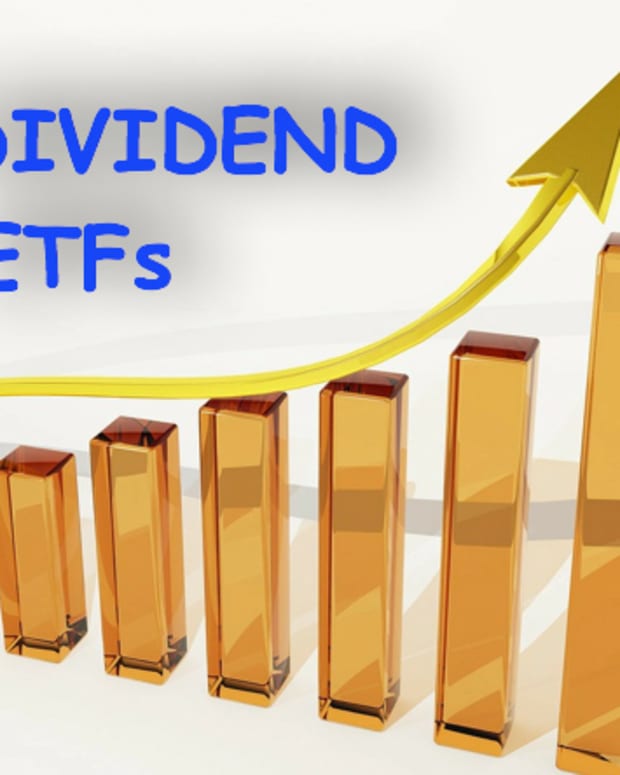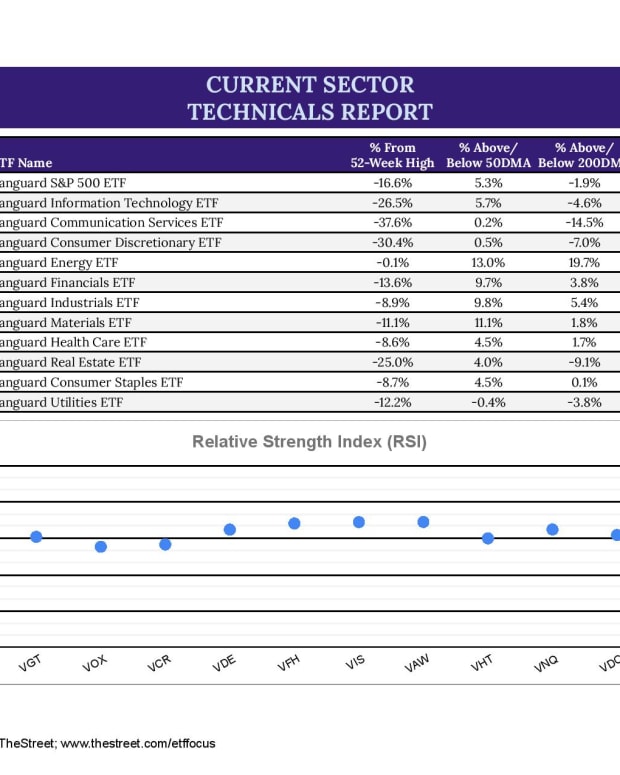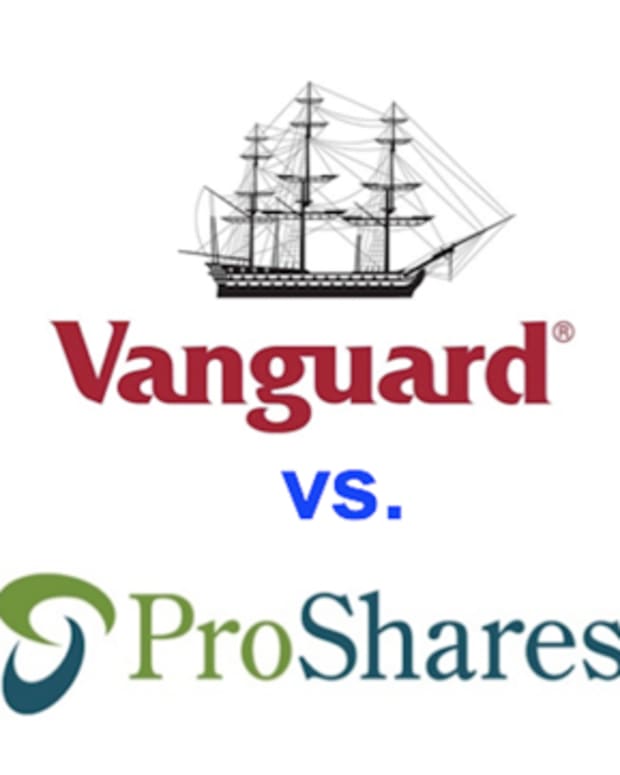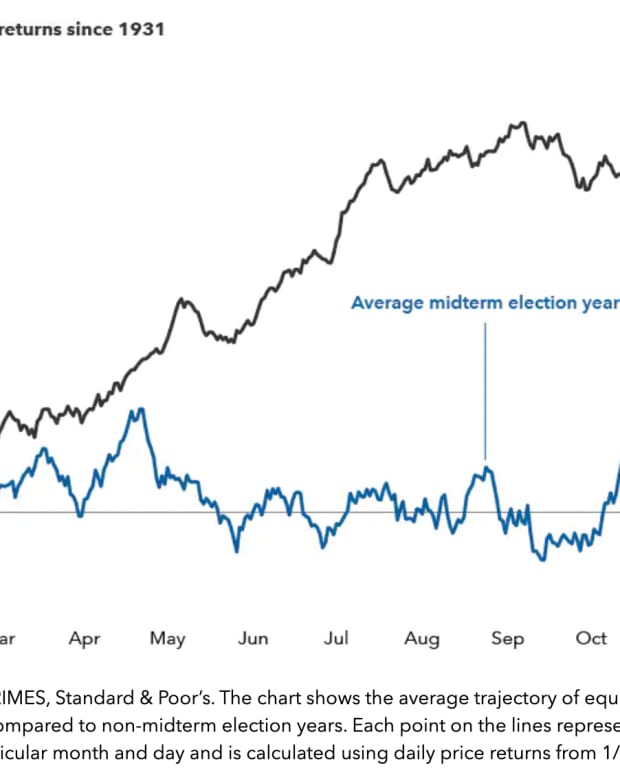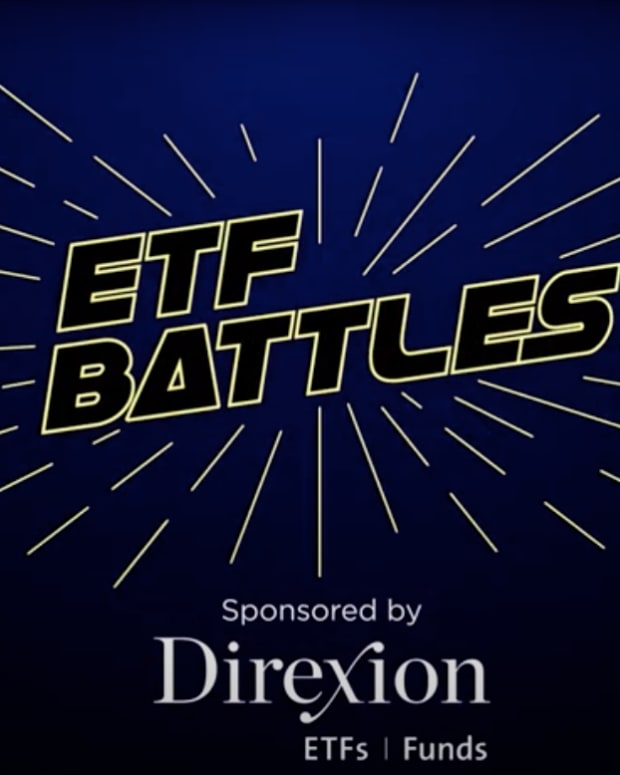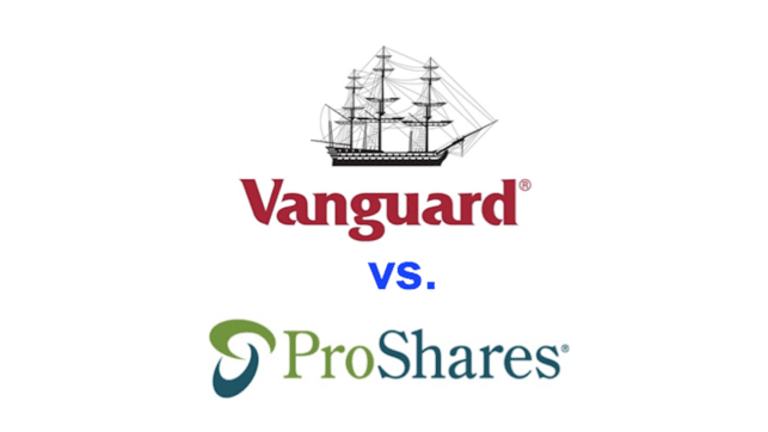
VIG vs. NOBL: Which Is The Better Dividend Growth ETF?
After years of lagging both the S&P 500 (SPY) and the Nasdaq 100 (QQQ) while mega-cap growth and tech names dominated the markets, dividend stocks are finally making a comeback. Unfortunately, it's taken a 20% correction in U.S. stocks to get us to the point where dividend payers are outperforming again, but it's also demonstrated why it's so important to hold these in a portfolio.
Dividend growth remains one of the most durable long-term investing strategies there is. Even though the group collectively has been lagging high yield equities so far this year, dividend growth has one of the best long-term track records in the markets. Dividend payers have outperformed non-dividend payers and dividend growers have been able to outperform the broader dividend stock universe. Better yet, the predictability of income streams is great for retirees or anyone looking to live off of their portfolios for income.
Within the dividend growth ETF universe, there are two funds that stand out - the Vanguard Dividend Appreciation ETF (VIG) and the ProShares S&P 500 Dividend Aristocrats ETF (NOBL). They both invest in companies that have paid and grown their dividends for many years, but they also use different targeting criteria when building their portfolios. The high level "dividend growth" strategy may make it seem like the two ETFs are essentially the same or are interchangeable, but they aren't. The two ETFs are actually quite dissimilar and investors need to look under the hood to see where and what those differences are.
Vanguard Dividend Appreciation ETF (VIG) vs. ProShares S&P 500 Dividend Aristocrats ETF (NOBL)
Let's start by talking about how the two funds are different in terms of which companies they target before getting into how the portfolios themselves differ.
VIG tracks the S&P U.S. Dividend Growers Index. In order to qualify for this index, stocks must have grown their annual dividend for at least 10 consecutive years. The top 25% highest yielding eligible companies from the starting universe are excluded from the index. REITs are ineligible and the final portfolio is market cap weighted.
NOBL tracks the S&P 500 Dividend Aristocrats Index. In order to qualify for this index, stocks must be a member of the S&P 500 and have increased their annual dividend every year for at least 25 consecutive years. The final portfolio is equal weighted.
Some of the differences are subtle, but the biggest difference is the consecutive annual dividend growth requirement. VIG at 10 years and NOBL at 25 years may not seem like a big gap, but it actually is.
Companies that hit the 25-year mark are generally more mature in nature and come from industries that enjoy steady demand throughout all market cycles. Think consumer staples, healthcare and utility names. Companies don't necessarily need to come from one of these industries, but they do need to be big cash flow and revenue generators.
What VIG's smaller 10-year growth requirement does is open the door to emerging long-term dividend growers. They can certainly include the names that appear in NOBL, but there's a broad universe of younger and more growth-oriented companies that can qualify for VIG. For example, Microsoft (MSFT) and Visa (V) have raised their dividends for 17 years and 13 years, respectively. Because of the cap weighting, those two companies reside in VIG's top 10. Because the U.S. equity market has become more heavily skewed towards the tech sector, stocks in this industry are more likely to receive larger weightings if they meet the dividend growth requirement.
Fund Overlap
It's easy to see this idea play out if you compare the composition of the funds.
Despite both being labeled as dividend growth ETFs, there's only a 29% overlap between the two funds. What's more striking is the sector breakdown.
NOBL is overweight in some of the traditionally stodgier sectors, including consumer staples, industrials and real estate (remember, VIG removes REITs altogether). VIG, however, has a huge overweight in tech. If you figure that a lot of the tech and tech-adjacent names had to trim things down coming out of the tech bubble and were only able to reinstitute a steady dividend years later, it makes a lot of sense that we see some many falling into that 10-25 year dividend growth area.
Again, you can expect to get a little more growth pop with VIG, but it also helps explain why VIG has been a big laggard within the dividend ETF universe this year.
Sector Allocation
Viewed another way, VIG's tech sector allocation is more than 4 times that of NOBL's.
VIG also has fairly sizable overweights in both healthcare and financials. NOBL has much more of a cyclical tilt by holding comparatively larger positions in materials, energy and industrials along with consumer staples.
These are some pretty large discrepancies between two funds that you'd think would be more similar than they are, not just in terms of composition, but in terms of investor risk.
Risk Profile
Considering the sector allocation profiles of VIG and NOBL, it'd be easy to assume that VIG is the riskier of the pair. Over the past 5 years (NOBL is only 9 years old, so we don't have 10-year numbers to look at), that's not been the case.
Using either the beta or standard deviation of returns, NOBL has actually been slightly riskier than VIG. That's interesting because that five-year period comprises two very risk-off periods - the initial COVID bear market and the 2022 bear market. You'd think that would work in favor of NOBL, but the bull rallies that were sandwiched around those drawdowns also get factored in and those were relatively low volatility periods overall, a condition that would have been more favorable for VIG.
The Sharpe ratio, Information ratio and alpha numbers all tell the story. VIG has produced better risk-adjusted returns historically. The up and down capture ratios also demonstrate that NOBL has actually had the wider range of returns over time. NOBL has done a little better than VIG in up markets, but it's also underperformed in down markets. The overall net effect works in VIG's favor, at least historically speaking.
Fundamental Analysis
The fundamental valuation aspects of the two funds play out more like what you'd expect. VIG's growthier tilt lends itself to a slightly more expensive portfolio overall.
VIG's portfolio comes with higher valuation metrics - price/earnings, price/sales, price/book and price/cash flow are all higher than NOBL. NOBL's portfolio, however, consists of higher gross and net margins as well as a high dividend yield.
Generally speaking, growth-tilted portfolios tend to be a little more expensive, which is what we see here. The dividend aristocrats are usually more well-developed companies with strong balance sheet health and cash flows, which is also what we see here as well.
If you look at the style boxes for these two ETFs, NOBL tilts a bit more towards the value end of the spectrum. That's something that has certainly worked in its favor in 2022, but much less so in the years prior to it.
Conclusion
VIG and NOBL would both make excellent additions to almost any diversified portfolio. NOBL is probably your more traditional long-term dividend growth vehicle. VIG also demonstrates dividend growth, but its expanded universe of potential stocks adds more of a growth element due to the addition of greater tech exposure.
What investors should take away here is that despite recent data suggesting otherwise, VIG should be considered a slightly more volatile ETF than NOBL going forward. Having a much higher allocation to tech and growth should inevitably lead longer-term risk measures in that direction. That could also lead to better long-term performance, but returns are heavily dependent on the market cycle of the moment. That's especially been the case in 2022.
I do wish that VIG and NOBL both had a forward-looking aspect to dividend growth potential. Both strictly look at what happened in the past and that could lead to holding positions that are vulnerable to dividend cuts in the future. Granted, many of these companies will go to great lengths to preserve their dividend growth track records, but it's no guarantee that it will happen.





